
For most of us, a bee sting is just a nuisance. We may experience a sharp pain, some swelling, itching, and redness at the site of the sting, but nothing serious. However, if you happen to be allergic to bee stings, or you get stung many times, bee stings can become problematic. They can even become life-threatening.
When a honeybee stings you, its stinger is left in your skin, ultimately killing the honeybee. Honeybees are the only type of bee that will die after they sting something. Wasps and other types of bees don’t lose their stingers, meaning they can sting you more than once.
If a bee stings you, it leaves behind a venomous toxin that can cause pain and other symptoms. Some are allergic to this toxin.
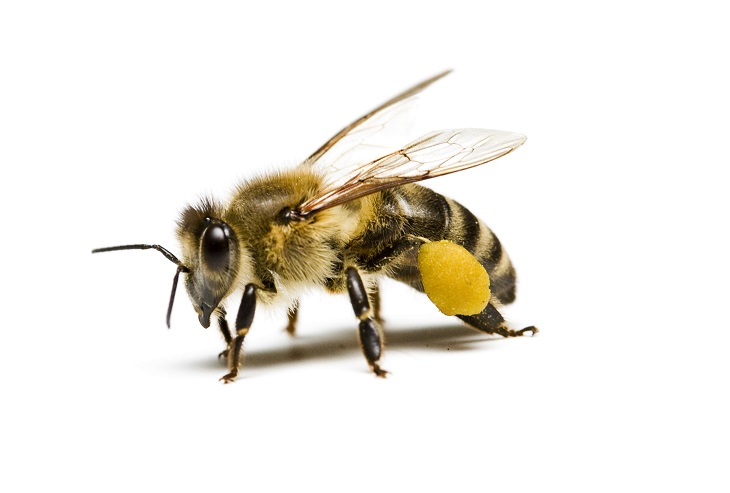
If you get stung by a bee, and experience any of the above severe reactions, get emergency medical help immediately. You may be experiencing anaphylactic shock, which is a life-threatening condition.
Home Remedies for Bee Stings
Unless you happen to be allergic to bee stings or are experiencing signs of a severe allergic reaction, you can treat most stings at home. If a honeybee stings you, remove the stinger immediately – this helps to curb the amount of toxins released into your skin. Wash the sting site with soap and water, then put ice on it to help reduce the swelling and venom absorption.
Most home treatments for bee stings aren’t supported by scientific research, but they have been passed down for generations. The following home remedies might help to relieve bee sting symptoms:
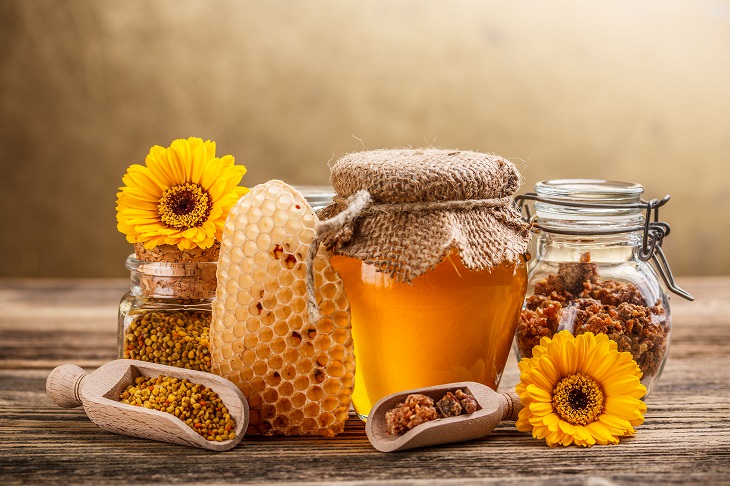
Honey may help with pain, itching, and healing. To treat a bee sting with honey, apply a small amount to the affected area. Cover with a loose bandage and leave it on for up to 4 hours.
Baking Soda
A paste made from baking soda and water can neutralize bee venom to reduce pain, swelling, and itching. Apply a thick layer of baking soda paste to the affected area, and cover with a bandage. Leave it on for around 15 minutes and re-apply as needed.
Apple Cider Vinegar
Vinegar may also help to neutralize bee venom. Soak the sting site in a basin of apple cider vinegar for around 15 minutes. You can also soak a bandage in the vinegar and then apply it to the sting.
Toothpaste
Some people suggest that alkaline toothpastes can help neutralize acidic honeybee venom. Simply dab a bit of toothpaste onto the affected area.
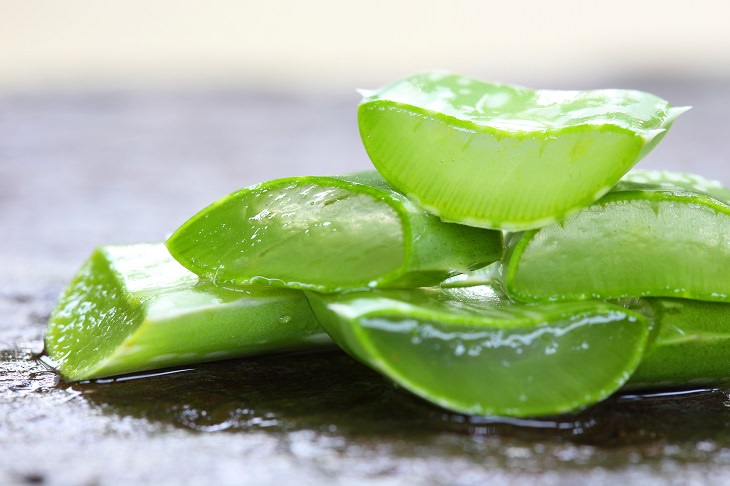
Aloe vera: Can help soothe the skin and relieve pain. If you have an aloe vera plant at home, break off a leaf and squeeze the gel directly onto the affected area.
Lavender essential oil: Has anti-inflammatory abilities and can help reduce swelling. Simply dilute the essential oil with a carrier oil, such as coconut or olive oil. Then dab a few drops of this mixture onto the sting site.
Tea tree oil: This is a natural antiseptic and can help to ease bee sting pain. Mix with a carrier oil and apply directly to the sting site.
Witch hazel: This is a tried-and-tested home remedy for insect bites and bee stings. It can help decrease inflammation, itching, and pain. Apply witch hazel directly to the bee sting.
Decreasing Your Risk of Being Stung
If you know that you will be spending some time outdoors, take these steps to reduce your risk of being stung by a bee:
• Don’t walk around barefoot.
• Leave beehives well alone.
• Cover your food.
• Don’t wear bright colors with flowery prints.
• Don’t drink from open soda cans.
Source: healthline
Images: depositphotos

Minute Clinic: Healthy Habits That Take Under 60 Seconds
These healthy habits all take less than a minute to perform, yet have significant benefits for your well being.

Your Herb Garden Will Flourish with These Helpful Tips!
The following six tips will help you grow an abundance of herbs round the year.

How Many Facts About Common Items Do You Know?
Do you know about these facts for common products?
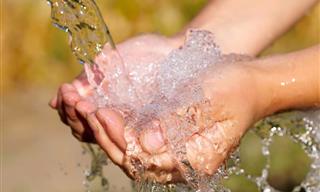
Discover the Effects of Drinking Dirty, Contaminated Water
How safe is it to drink contaminated water? Find out here.
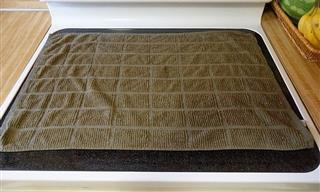
Here's a Really Cheap & Easy Way to Clean a Stovetop
Looking for an effortless and cost-effective way of cleaning your stovetop? Then you've come to the right place.
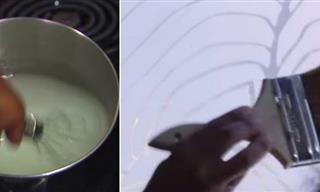
Here's How to Make Pretty Opaque Window Frosting!
If curtains aren't really your thing, then why not give opaque window frosting a chance? Here's how to make your own at home.
 15:30
15:30
Live an Easier Life With These 24 Everyday Tips!
This video offers 24 different tips for everyday problems.
 6:23
6:23
The Best Way to Clean Your Oven Racks
Let's dive into this clever solution that is set to make your kitchen life a lot easier!
 4:45
4:45
Whoa! I Never Knew an Empty Plastic Bottle was So Useful
When you've finished with the contents of a plastic bottle, don't throw the bottle away as it can be used for so many different things.
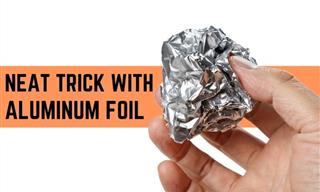
Putting Aluminum Foil in the Dishwasher - What Does It Do?
Try this neat dishwasher trick to make your silverware as good as new!

16 Useful Charts & Guides That Teach You Surprising Things
Save these useful charts and guides. They will come in handy someday.

9 Subtle Restaurant Tricks That Empty Your Wallet Faster
Restaurants are using these sneaky tricks to make you spend more!

These False Money-Saving Tips Will Make You Spend More
There are a lot of very common money management tips that are simply not true. These are 8 myths on saving that should be debunked.
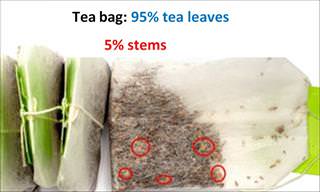
Find Out the 8 "Fake" Foods You Unknowingly Eat Regularly
The coffee and tea you drink, the cheeses you eat and the oil you use may be fake, but now you can recognize whether what you're buying is quality or not.

This Tip Collection is Amazingly Helpful!
You’ll be pleased to hear there are old wives' tales that are grounded in fact. This list of 9 true tales will help you get your house spic and span!
 8:22
8:22
8 Easy Ways to Get Your Knife Razor Sharp
Got a blunt knife at home? Sharpen it easily with these nifty hacks.

Loose Leaf Tea vs Tea Bags: Key Differences You Must Know
Ever wondered which tea is better - loose leaf tea or tea bags? We answer this question in this article.

An Easy Guide to Preventing and Treating Wrinkles
A simple guide to understanding, preventing and treating wrinkles, plus 2 recipes for anti-aging face masks. Take a look!
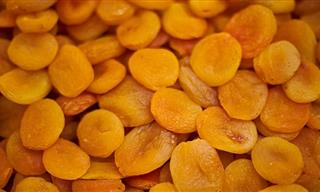
10 Natural Remedies That Actually Work
Not Feeling well? We recommend that you think outside the box, or in this case outside the medicine cabinet with the following 10 effective natural medicines!
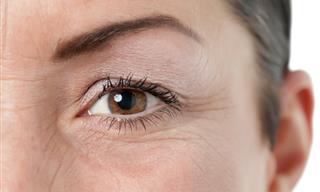
Eye Wrinkles Can Be Smoothed. Just Use These Methods...
Although they are often called "laugh lines," eye-wrinkles don't make us smile or laugh. With these 10 natural remedies, you can easily eliminate them.

How to Clean the House Quickly and Efficiently
There are plenty of cleaning hacks out there, but which ones actually work? Find out here!
 3:38
3:38
This DIY Food Dispenser Will Transform Your Pet's Life!
A great way to ensure your pet is getting the right amount of food.
 16:42
16:42
Plant Nutrients Explained: EVERYTHING You Need to Know
Understanding plant nutrition is key to having healthy plants and a healthy garden.

12 Tasty Ways to Use Overripe Fruit Before They Spoil
With these tips, you can enjoy healthy and tasty snacks, and prevent waste of fruits that seem like they are about to become inedible in a short time.
 5:30
5:30
How to Choose the Best Kitchen Sponge for Your Home
What things should you consider when choosing the best kitchen sponge for your home? This video explains...

What Are the Effects of Drinking Contaminated Water?
How safe is it to drink contaminated water? Find out here.

12 Myths We've Been Told About Intercourse that Aren't True
It's time to expose some of the myths we've all been told but are actually boldfaced lies.
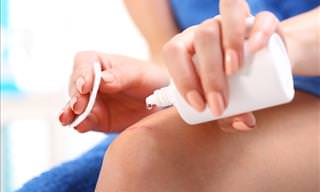
18 Reasons To Keep Hydrogen Peroxide At Home
Hydrogen peroxide is one of the best substances you can keep around the house, and this is because it has many different uses. In fact, here are 18 of them.

How To Prevent Roaches From Entering Your Home
Learn some useful tips as you struggle to keep roaches out of your home.
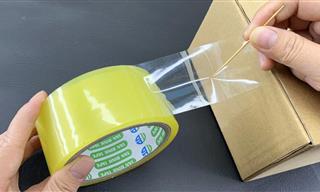 6:35
6:35
8 Highly Useful Things You Can Do With Sticky Tape
If you want to discover genius uses for adhesive tape and other smart tips that make life easier, watch the following video .

Before You Buy: 8 Important Tips When Buying New Clothes
In this article, we'll discuss the difference between natural and synthetic fabrics as well as 9 essential tips for evaluating the quality and comfort of fabrics.
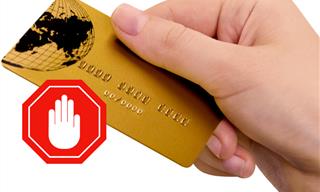
Beware! NEVER Put These Things on Your Credit Card
Credit cards might be convenient but there are some cases where you should avoid using them.
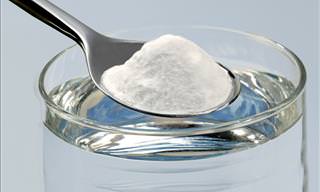
Do You Know All 22 Unique Ways to Use Baking Soda?
Baking soda is amazing - Baking soda can help clean grease off floors, freshen your breath, and even relieve insect bites!
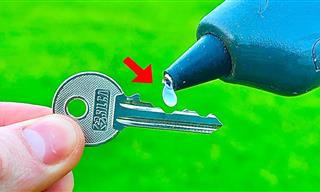 3:58
3:58
Amazing! How to Make a Key That Opens Most Locks
Can you make a key that opens almost every lock?

When Out Shopping, Avoid These 8 Generic Foods!
Generic foods are becoming more and more popular, but are they always a bargain? Here are 8 foods you should never buy generic.

7 Easy, Low-Carb and Guilt-Free Pasta Recipes
Pasta is one of the most popular dishes in the world, and rightfully so – it’s easy to make, delicious, and the sauce options are numerous. Enjoy these 7 recipes that will make your cuisine dreams a reality.

DIY: Make Your Own Face Mask in a Few Easy Steps
To get around the shortage, you can make your own DIY surgical face mask. It can be easily done even if you're can't or don't want to sew.

If You Ever Encounter an Aggressive Person Do These Things
If you ever encounter an aggressive person, keep these tips in mind.

Make Your Home Look Expensive With These Low-Cost Tips
Transform the look of your home with these low-cost tips and tricks.
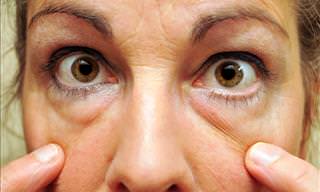
Here's How You Can Rid of Those Puffy Bags Under Your Eyes
If you often have dark circles around your eyes, heeding these tips will help prevent and solve the problem.

14 Little Known Ways to Save on Gas While Driving!
If you take heed of these 14 easy pieces of advice, you will end up saving hundreds of dollars each year on gas.
 7:26
7:26
Have You Ever Tried These Nifty Tips in the Kitchen?
These helpful tips and tricks will save you time and money.

Dog Can't Stay Alone? 5 Tips to Help Resolve Their Anxiety
When your dog shows anxiety when left alone, here are some tips to help you deal with the problem.

13 Natural Home Remedies for Mosquito Bites
To help you alleviate the bites, itching, and swelling simply, it's recommended to try the following 13 methods that will significantly ease your discomfort and allow you to get through the summer safely.

For Beautiful Hair and Skin, Neem Tree Oil Is All You Need
This natural remedy is all you need in your medicine cabinet for great hair and skin.
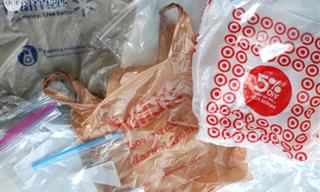
Here are 15 Ways I've Thought of to Reuse Plastic Bags
In recent years, we have seen laws introduced to control the use of plastic bags, in an attempt to encourage us to reuse and recycle them.You will be surprised to discover what you can do to reuse plastic bags.

7 Items You Might Be Disinfecting the Wrong Way
With the Covid-19 outbreak, disinfecting has become a daily necessity. But some items can be damaged by the chemicals & need a gentler approach


